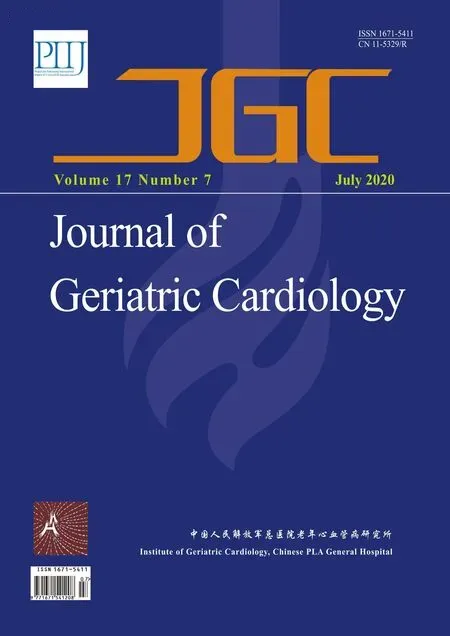Authors’ reply
Konstantinos C Theodoropoulos, Ioannis Felekos, Chris Abell, Nicholas D Palmer, Turab Ali
Department of Cardiology, Liverpool Heart and Chest Hospital NHS Foundation Trust, Liverpool, UK
We would like to express our gratitude to Yalta,et al.,for their interest and their constructive comments on our recently published article ‘Midventricular Takotsubo Syndrome’.[1]We would like to take the time and further interpret these comments in the context of our patient’s clinical presentation.
We acknowledge their first comment regarding the underlying mechanisms of evolution of atypical variants of TTS and the concept of ‘fast wandering TTS’. Our patient did not have a previous diagnosis of TTS nor any specific cardiac complaint in the past. In addition, there was no imaging modality performed prior to the coronary angiogram to prove a transition from the apical ballooning pattern to the midventricular one.
Yalta,et al.suggest that the threshold for TTS evolution in response to adrenergic discharge might be relatively higher in other myocardial segments in comparison to apex,which in turn might explain the different left ventricular phenotype in atypical TTS variants. This enhanced adrenergic stimulation can be seen in the setting of life-threatening conditions including neurological diseases. Nevertheless,our patient’s medical history was not noted for any underlying neurological pathology, nor any other acute physical illness.
Differential diagnosis between TTS and an acute coronary syndrome can be difficult at times, as the two conditions can often coexist.[2]This in turn can complicate clinical decision making and treatment strategies, especially during the initial encounter with the patient. In our case, atherosclerotic disease was excluded as the coronary angiogram demonstrated normal appearances of the epicardial coronary arteries. Moving from the epicardial anatomy to the microcirculation, microvascular involvement in TTS is indeed a well-known concept. Invasive modalities like index of microcirculatory resistance (IMR) could prove insightful adjunct technologies for the study of microcirculation in TTS,as they can be easily and safely implemented during the initial angiogram.
With regards to ECG patterns, to our best knowledge,there is no pathognomonic pattern for TTS. The recent international expert consensus document on TTS highlights a variety of ECG patterns including ST-segment elevation,ST-segment depression, T-wave inversion and QTc prolongation. Interestingly, in rare cases there may be complete absence of acute ECG changes.[1,3]
 Journal of Geriatric Cardiology2020年7期
Journal of Geriatric Cardiology2020年7期
- Journal of Geriatric Cardiology的其它文章
- Atypical variants of takotsubo cardiomyopathy: mechanistic and clinical implications
